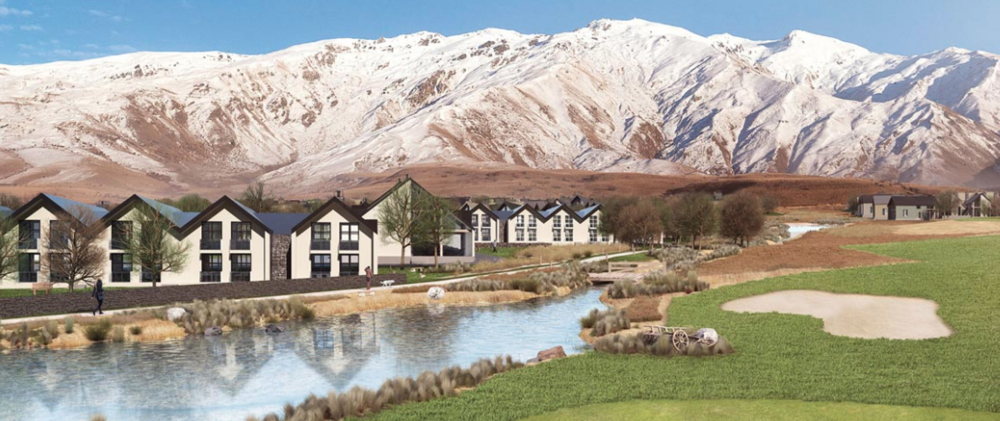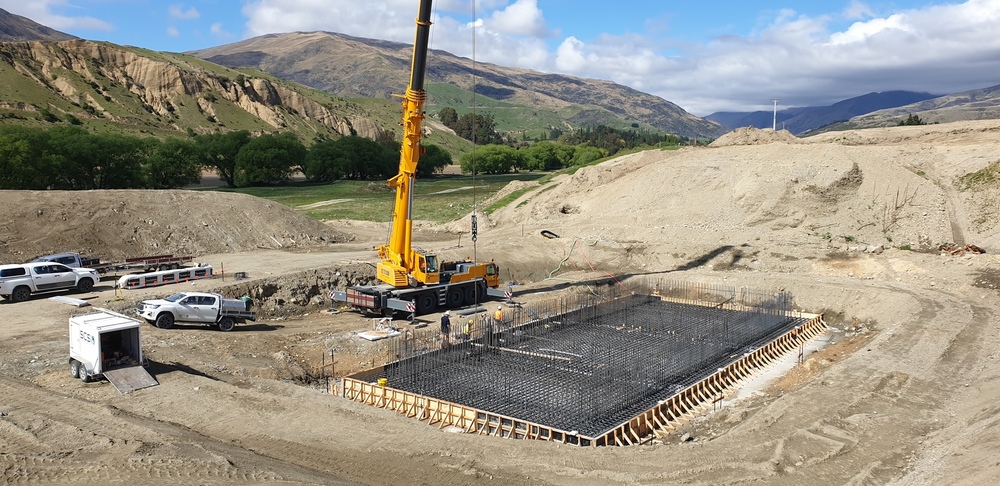Cardrona’s proposed public water supply scheme: Does it stack up?
Diana Cocks
06 January 2021, 5:06 PM
 Currently, residents at Cardrona Village are supplied drinking water by several private schemes. PHOTO: Wanaka App
Currently, residents at Cardrona Village are supplied drinking water by several private schemes. PHOTO: Wanaka AppThe Cardrona Valley has no public drinking water scheme: Instead, residents contract private water schemes to pipe water to their homes and businesses.
The council, however, has proposed to bring all of the Cardrona Valley under one public water scheme despite a raft of issues yet to be resolved and opposition from some residents and one councillor.
Council has received a formal letter and a petition from Cardrona residents and ratepayers outlining their concerns with the proposed joint venture, including a lack of full-bodied consultation and unidentified costs.
Yet, last month, the Queenstown Lakes District Council (QLDC) gave its chief executive Mike Theelen approval to pursue a development agreement with a private company to provide a new drinking water scheme for the whole Cardrona Valley.
Councillor Niki Gladding was the only councillor to vote against this action and when the Wanaka App asked her why, she said the decision to pursue the joint agreement was done in haste, and without sufficient information to make an informed decision.
“There’s no business case for this proposal; there are consenting issues that weren’t acknowledged in the report to council; we’ve got no certainty on the costs; and we seem to be rushing into signing deals before we can meet our obligations to consult,” she said.
Water availability - a key concern
The proposed joint venture is between the QLDC and the Cardrona Valley Water Treatment Plant Ltd, operated by the investors of Mount Cardrona Station (MCS), the same investors delivering Cardrona Valley’s new wastewater treatment plant.

Hundreds of new residential dwellings are planned in the development of Mt Cardrona Station. IMAGE: Supplied
Niki said there were a number of concerns with this proposed joint venture, not least that currently MCS doesn’t have consent to provide water beyond its own boundaries and there’s no certainty the Otago Regional Council (ORC) will vary the consent to permit wider and increased use of the water allocated.
“The catchment is significantly over-allocated and I suspect the ORC will be looking to ‘pull in’ any allocation... to protect the river and our aquifers,” she said.
Cardrona’s historic health issues
The QLDC is promoting the joint venture while also highlighting Cardrona’s past problems with water quality.
The Cardrona Valley has experienced more than one major water contamination outbreak; in 2006 218 people at Cardrona Alpine Resort became ill with norovirus and again in 2012 Cardrona residents suffered an acute norovirus outbreak when drinking water was contaminated by sewage.
Central government is set to introduce new rigorous water standards across the country and the QLDC has made it clear that all water schemes must comply.
Niki said Cardrona’s private water schemes may not be compliant but neither were most of QLDC’s public water schemes. She believed the current and immediate risk to Cardrona resident’s health was being “somewhat overplayed” by council and it didn’t justify rushing into deals with developers “before we have sufficient information and before we have consulted with the community”.
“There have been huge improvements made since those historical contamination issues,” she said. A lot of work has been done to improve Cardrona’s water, including an upgrade to the main village scheme and improvement in its management. Tests show the water is free of E. coli and the people connected to the scheme are happy with their water, she said.

Construction of Cardrona’s new wastewater treatment plant began in October this year. PHOTO: Supplied
She also added that one of the biggest problems associated with poor drinking water, the contamination from sewage, would be largely mitigated with the introduction of Cardrona’s new piped sewage treatment plant, currently under construction.
Unknown costs
Another major concern raised by Cardrona residents was the cost of joining the new scheme, which included a hefty development contribution, a fee to connect the existing household plumbing to the mains and administrative costs, plus an annual operating charge.
QLDC senior communications advisor Rebecca Pitt said council estimated the costs to each residential dwelling “is likely to be be between $7,500 and $8,500 + GST (development contribution)... with an estimated annual operating charge between $600 - $750 + GST per annum charged by volume (i.e. those that use more water would pay more, those that use less would pay less)”.
Niki said the estimated costs, at this stage, were too unreliable for residents and ratepayers to make an informed decision. As the development contribution was only going to be levied against those connecting, and not across all ratepayers in the district, it meant if fewer people chose to join the new scheme the costs could be greater than estimated.
And although council was “encouraging” residents to join the scheme it could not force residents to do so, particularly if their current private water schemes were compliant, she said.
Council plans to offer to buy out the private water schemes, but at what cost?
“Cardrona Village residents connected to private schemes will have contracts to honour and of course so do the private suppliers. I don’t know what’s in those contracts and how difficult it would be to just walk away and join a QLDC supply,” Niki said.
Summary: the way forward
“One public scheme for Cardrona that is affordable and that can offer everyone an adequate supply would be ideal,” Niki said but questioned if this current proposal fitted the bill.
She felt there were still too many unknown details for her to support the chief executive pursuing a development agreement, including the availability and volume of water, the costs, and subsuming the current private schemes into one public scheme.
“I’m simply suggesting we slow down and do good governance on this proposal. If we can’t do that then I’d prefer to let MCS construct their scheme, which will vest with council anyway,” she said.





